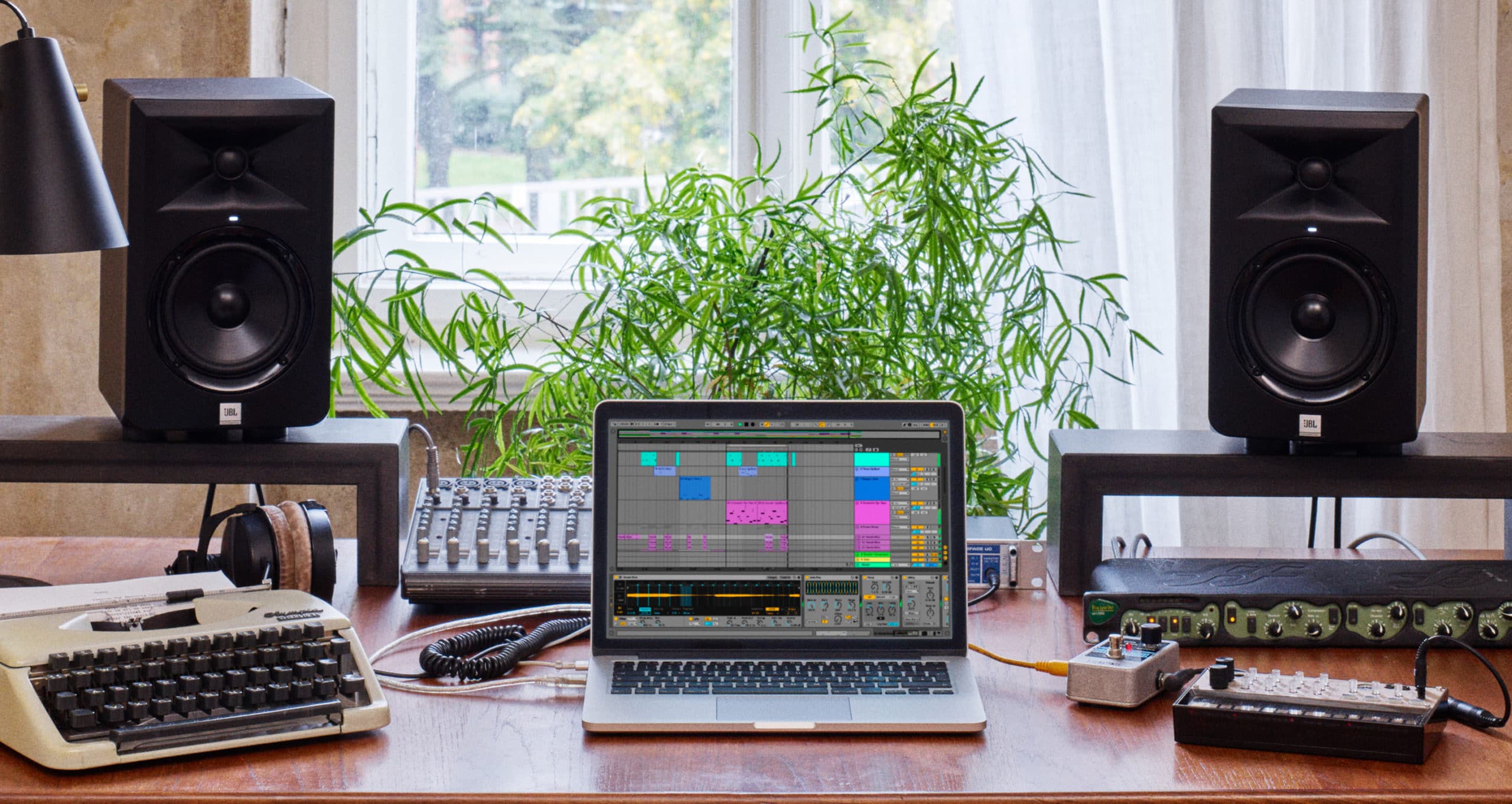Simple Tips to Get Your Mixing Off to A Quick Start
Tips to Get Your Mixing Off to A Quick Start
You’ve completed your recordings and now it’s time to put them all together. If you ask any experienced mixing engineer, they will tell you that they have a system they use every time they want to mix a project.
A system? Yes a system helps you get started on every mix quickly. If you are just attempting to mix for the first time, you are likely going to be overwhelmed with the different tracks you need to work on. In many cases, you find inexperienced engineers touching one track and then touching another and another and another. Basically trying to do everything at once.
I am here to share with you a few simple tips that can get your mixing process off to a quick start every time. With these tips, you won’t be overwhelmed when you get ready to start a fresh mix because you will know exactly what you want to do in stages.
Organize Your Work Area
This is very important when you get ready to mix. Ideally, this should have started even from the recording stage. However, even if you did not handle the recording and the data you have was not very organized, start by organizing the space.
What exactly does this mean?
Let’s assume you have 4 vocal tracks, 5 drum tracks, a bass guitar track, 2 guitar tracks, an acoustic guitar track and a keyboard or piano track. This is about 14 different tracks. Yeah I know this is pretty scanty for many. However, whether you have 48 tracks or 10 tracks, the principle is the same and will work perfectly in any case.
Look at your drum tracks. You do not want your snare drum to be on track 1 and your kick on track 10 with the bass on track 2 and first vocal on track 3, piano on track 4, toms on track 5 etc. I am sure you get the picture now. Keep everything nicely organized.
You have 5 drum tracks, arrange them sequentially for easy management. You could take up tracks 6 to 10 for your drums, 1 to 4 for your vocals, 5 for your keyboard or piano and so on and so forth. Notice that similar instruments are kept close together so you can quickly access them.
Group Your Tracks
Okay, you’ve organized your tracks. Next, organize the output of the tracks. Create a number of group tracks. Let me tell you how I handle mine.
In all my mixes I always create two basic groups – vocals and instruments. Depending on the kind of recording I did, I may have other groups that feed into the two group tracks listed above. I do a lot of group recordings with between 6 and more singers. Let me use this as an example.
In a case where I recorded a group with about 6 singers, I first create 3 group tracks which I label soprano, alto and tenor which is how most of these groups are split. The outputs for the soprano tracks are set to the soprano group track. Same for the alto and tenor tracks.
Since most have lead singer(s), I also create a group that I name lead vocals and another that I name BVs (background vocals). I then create a sixth group which I name vocals.
The outputs of the soprano, alto and tenor group tracks are sent to the group track I named BVs while the output for the lead vocals and BVs group tracks are set to the sixth group which I named “Vox”.
Though this may sound a bit confusing, it actually makes things very easy during the mixing process.
Like I did with the vocals, I look at my instruments and group them based on similarities. For example, I create a group track I call percussions. The output for the drums and any other percussive instrument I may have recorded are sent here.
I do same for guitars especially if I recorded a number of guitar tracks like in the example I gave above. I set the output of the percussion group track to the instrument group track. I do same for my guitar group track too.
For other instruments that I may not be able to group, I just set all their outputs to the instruments group track. Now let me explain what this does.
If I decide that I want to hear only the instruments, I do not need to begin to mute all the vocals individually, I simply mute the vocal group track and all the vocals are muted regardless of how many they are. If I want to hear just the vocals, I just mute the instrument group track and I can listen to just the voices.
There’s more…….
I can focus on just the percussion and balance everything within that group. I ensure the volume relationship between the kick, snare, hihats, cymbals and toms are okay. While playing the entire music, if I feel the drums are too loud, I can simply reduce the volume of the entire drums from the percussions group.
For me, this makes it perfectly easy to control individual components of my mix with ease. You actually get to really appreciate the ease this affords you when you are mixing a project with a lot of tracks.
This does not mean I do not work on the individual tracks again. I still work on each track. I handle my spatial settings on the track level, I do some equing, volume automation, compression and a few other edits on the track level.
However, like the example I gave with the drums, when I have worked on each of the drum components on the track level until the entire drum section sounds good to me, I now only approach the drums as a group.
Recap…
So when I sit to mix, I organize my workstation and then I create my groups. After the groups are created, I pick a group and begin to work on its constituent components. I have simply broken the entire project into smaller, more manageable groups so it does not look as intimidating as trying to take on the entire project as a whole.
Every engineer develops his or her style which affects his or her effectiveness and sound. I have just shared a few of mine with you. I do hope you can pick up some points from here to help you create a system that will make you more efficient.
You are also welcome to adopt this system that has served me well for many years.


